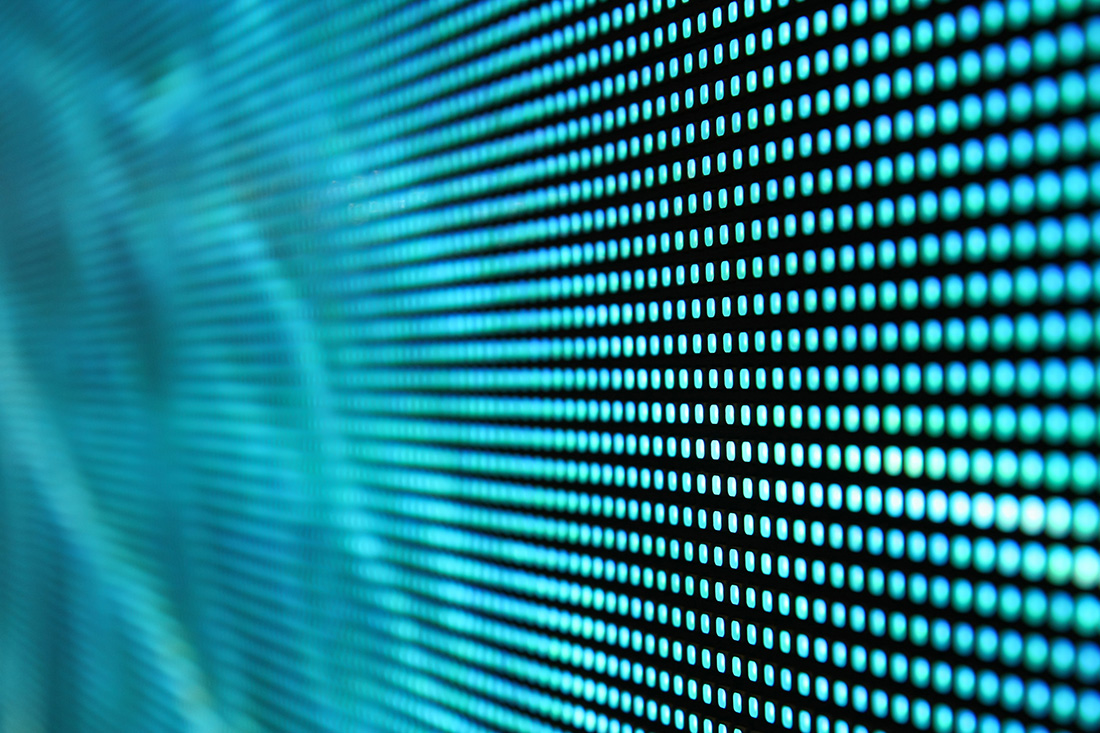Perfecting the Art of Hue Calibration for Breathtaking Visuals on LED Walls
Wiki Article
Hue calibration is an essential process for achieving stunning visuals on LED walls. Light-emitting diode walls are commonly used in multiple environments, such as musical events, meetings, and promotional displays. These screens are made up of numerous tiny LED lights that produce images and footage. However, if the colors are not calibrated properly, the images can appear dull or distorted. Color calibration ensures that the colors displayed on the LED wall are accurate and lively, improving the complete viewing encounter.
The initial phase in color calibration is understanding the color space. Color space refers to the range of hues that can be shown on a display. Various equipment, such as photographic devices and displays, may use different hue spectra. Common color spectra include standard RGB, Adobe's RGB, and Digital Cinema Initiatives P3. Understanding which color spectrum the LED wall uses is vital for accurate tuning. This understanding helps in adjusting the colors to match the desired result, guaranteeing that the images look as they were meant to be seen.

Subsequently, using a hue tuning tool is essential for achieving accurate results. These devices can be physical instruments or program tools designed to assess and adjust colors. A colorimeter is a popular hardware tool that assesses the hues shown on the LED wall. It provides data on how the hues look compared to the reference metrics. why not try this out By using this information, modifications can be made to the light-emitting diode screen configurations, such as brightness, differentiation, and color equilibrium. This process helps in aligning the displayed colors with the desired color standards.
Another important aspect of color tuning is surrounding illumination evaluation. The illumination in the surroundings where the light-emitting diode screen is situated can greatly influence how hues are seen. For instance, intense surrounding illumination can dull hues, making them look less lively. Therefore, it is crucial to assess the illumination environment before tuning the light-emitting diode screen. Adjustments may need to be made to the wall's brightness and differentiation configurations to counter for the ambient illumination. This guarantees that the hues stay bright and faithful to their desired look.
In conclusion, regular maintenance and recalibration are essential to keep the light-emitting diode screen operating at its optimal. Over time, the colors on the LED wall may drift due to factors like aging parts or variations in the surroundings. Consistently scheduled tuning assist to preserve hue accuracy and consistency. It is also beneficial to keep a record of calibration configurations and outcomes. This record-keeping can help in spotting trends or problems that may arise, allowing for timely adjustments. By prioritizing color tuning, users can ensure that their light-emitting diode walls deliver breathtaking visuals that captivate viewers.